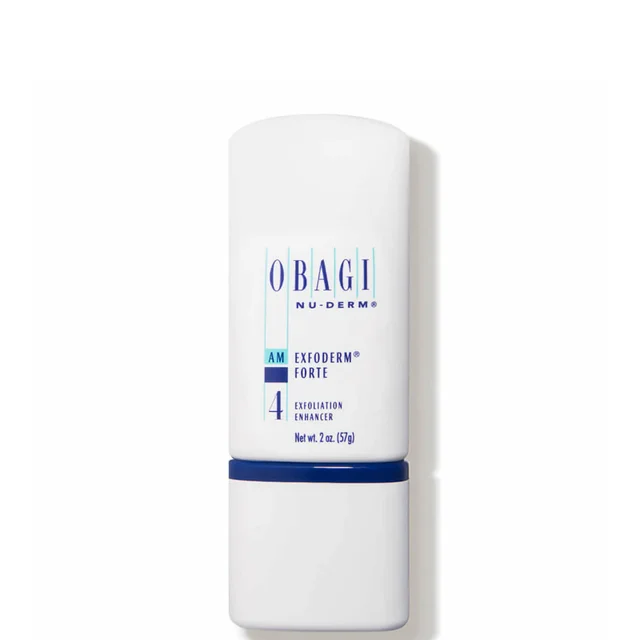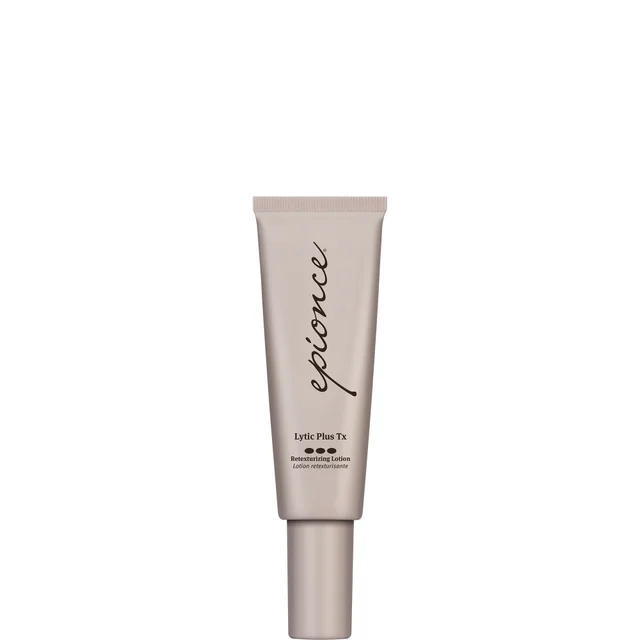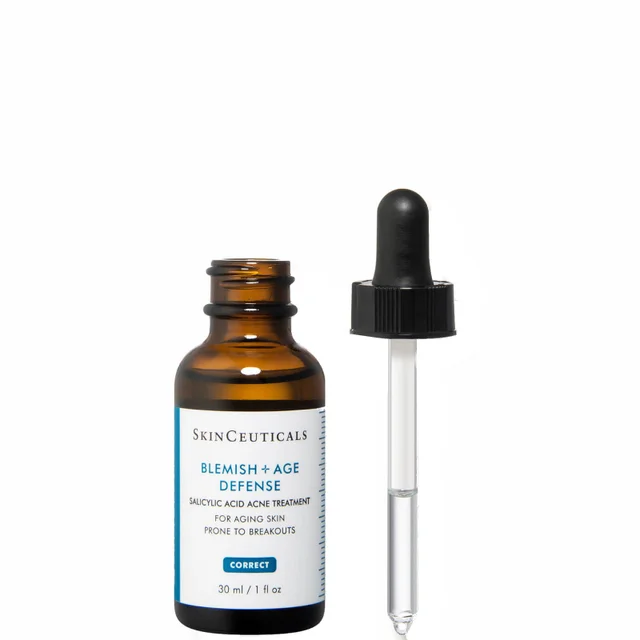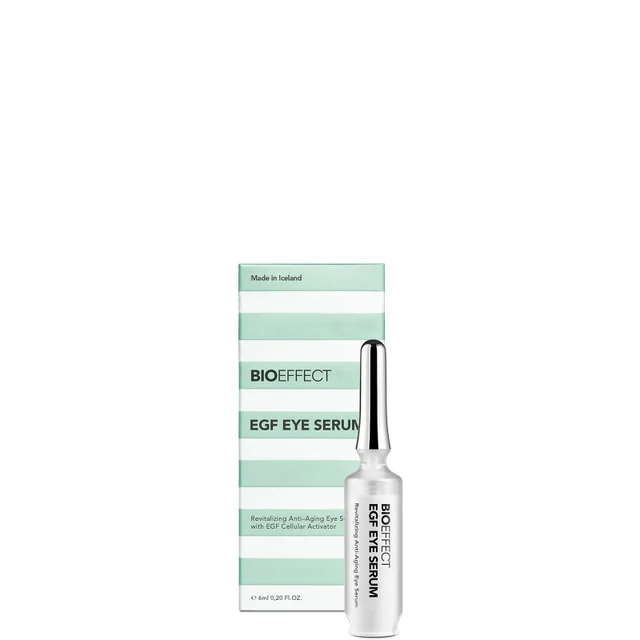From Blemishes to Sagging: How to Treat the Most Common Skin Concerns as We Age

As the saying goes, the greatest robber baron of all time is time itself. While it’s only natural for our skin to show signs of its passage, it’s less ‘abandon all hope ye who enter here’ and more about mitigating damage and finding the right ingredients that target what we view as our skin’s imperfections. We checked in with Dermstore’s medical director, board-certified dermatologist Dr. Ashley Magovern, MD, on the go-to ingredients to treat some of the most common skin concerns: large pores, blemishes, fine lines, wrinkles and uneven texture, and loss of firmness.
Large Pores
Contrary to popular belief, you can’t actually shrink pores (pore size is mostly genetic), but you can make them appear smaller by keeping them as clear as possible. Age can also play a factor; not only does skin lose elasticity over time, causing it to stretch and sag, making pores appear larger, but our skin also thickens as we age, which can cause a buildup of dead cells that can make pores appear bigger.
Treat with: AHAs & Retinoids
“Alpha hydroxy acids, like glycolic acid are essential in any skin care regimen because they dissolve and remove the dead skin cells that not only clog pores, but contribute to dull, wrinkled skin,” says Dr. Magovern.
When it comes to retinoids, there’s little they can’t do. By promoting rapid cell turnover and elasticity, retinoids help unclog pores and make skin appear firmer, allowing pores to appear smaller.
Blemishes
Remember thinking breakouts would end when we grew up? That was a sweet thought. Sadly, blemishes can, and often do, appear at any age, and there isn’t a one-size-fits-all reason. From hormone fluctuations to pore-clogging buildup, there’s a myriad of different things that can cause acne to show up as we get older. Thankfully, many anti-aging ingredients can also help treat breakouts.
Treat with: Azelaic Acid, Retinol & Salicylic Acid
Bacteria-killing azelaic acid can swing a one-two punch at both breakouts and signs of aging. According to Dr. Magovern, “people with acne or acne rosacea will benefit from using azelaic acid. It helps improve the active lesions as well as fade the marks that they leave behind.” Plus, it’s also a great option if retinol isn’t your thing. “Someone who can’t tolerate retinol is also a great candidate for azelaic acid. It’s like a gentler cousin to the retinoids, it helps to smooth, brighten and increase cell turnover.”
Retinol’s rapid cell turnover is also great for blemish-prone skin, while salicylic acid, a beta hydroxy acid (BHA) derived from willow bark, works its magic by not only increasing cell turnover, but it’s also oil and lipid soluble, which means it can effectively penetrate your pores.
Fine Lines, Wrinkles and Uneven Texture
Generally, fine lines and wrinkles happen because the skin loses collagen, elastin and its ability to hold moisture as it ages. Environmental factors, like sun exposure and other free radical exposure, can also speed up the effects of aging. Additionally, repetitive muscle movement—like squinting when you don’t wear sunglasses or frowning when concentrating — also contributes to the formation of lines and wrinkles.
Uneven texture, or rough, bumpy-feeling skin, is typically caused by a buildup of dead skin cells. Sun damage can be a contributing factor by leaving your cells unable to support smoother-looking skin, and age-related moisture loss may also cause a rough-feeling complexion.
Treat with: Retinoids, AHAs, Hydration
“Using a retinoic acid product is essential in any good daily regimen. Retinoic acid is the active form of vitamin A, which has been shown over and over again to reduce fine lines and wrinkles and improve tone and texture by increasing cell turnover and stimulating collagen production,” Dr. Magovern says.
AHAs are great for nearly instant skin smoothing by loosening up dead skin cells that can contribute to fine lines and wrinkles and a rough-feeling texture.
Finally, hydration, hydration, hydration. Skin that lacks proper moisture can appear dull and almost deflated, so a great moisturizer or hydrating serum can make major difference when it comes to plumper, more radiant-looking skin.
Loss of Firmness
Collagen and elastin, two naturally-occurring proteins found in our skin’s connective tissues, are responsible for maintaining its firmness and elasticity. But as we age, collagen and elastin production decreases, leading to a loss of elasticity and skin fullness, causing skin to become more susceptible to gravity—and wrinkles, sags, bags, folds, and lines.
Treat with: Peptides, Growth Factors, Retinoids
Peptides are strings of amino acids, which are your body's building blocks when it comes to collagen production. They’re found in every human cell and are essential to the skin’s structure and function (important factors in firmness, texture and overall appearance).
Growth factors help repair damaged skin and can tell your skin to produce new collagen formation. As we age, our natural production of growth factors slows, impeding skin’s ability to repair itself.
Seeming always the answer, retinoids, “...stimulate collagen production which helps keep the skin firm and prevents laxity”, according to Dr. Magovern.

Teresa Greenfeld has worked in fashion and beauty for over 15 years as a writer, editor and content strategist. She has been privileged to work at Carbon38 as a Senior Editor, at OliviaPalermo.com as the Fashion and Beauty Director, and has amassed a resume that includes Vogue, Allure and Elle magazines. Her passions include back-to-back sheet masks, reading peer-reviewed papers on skin care, and obsessive sunscreen application. Though born in Manhattan, she currently lives in LA, and will always consider herself a New Yorker at heart.






























